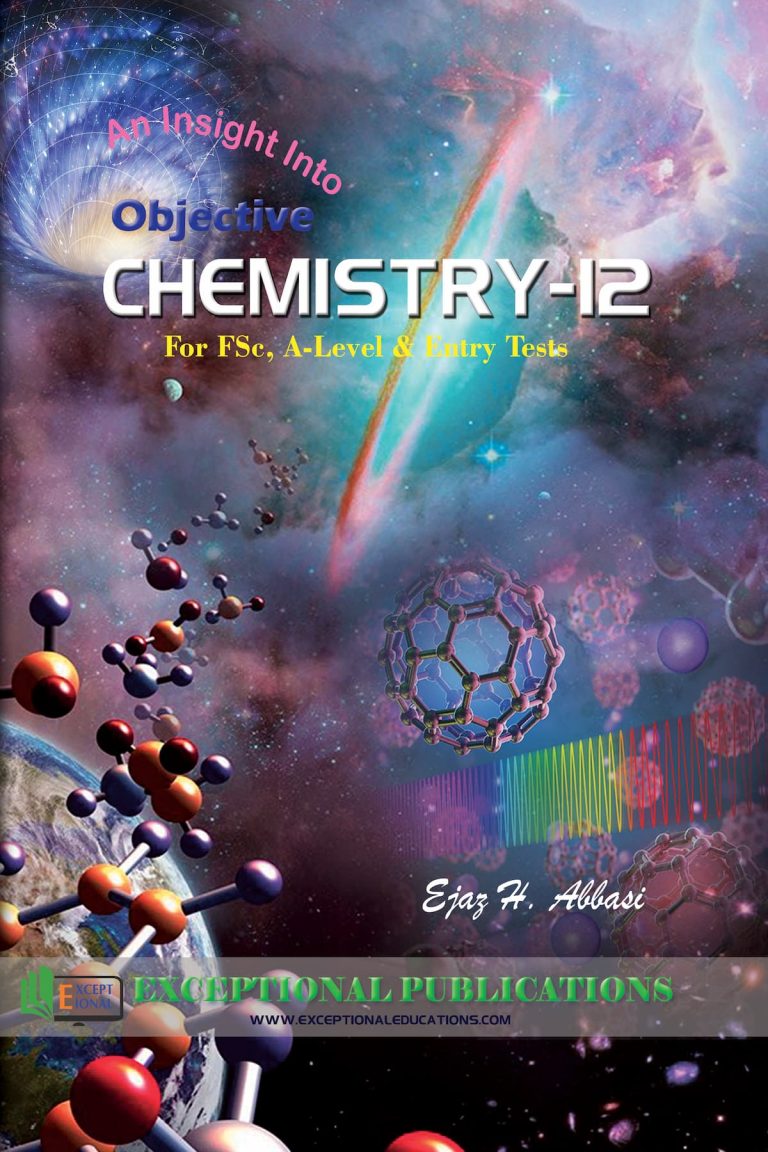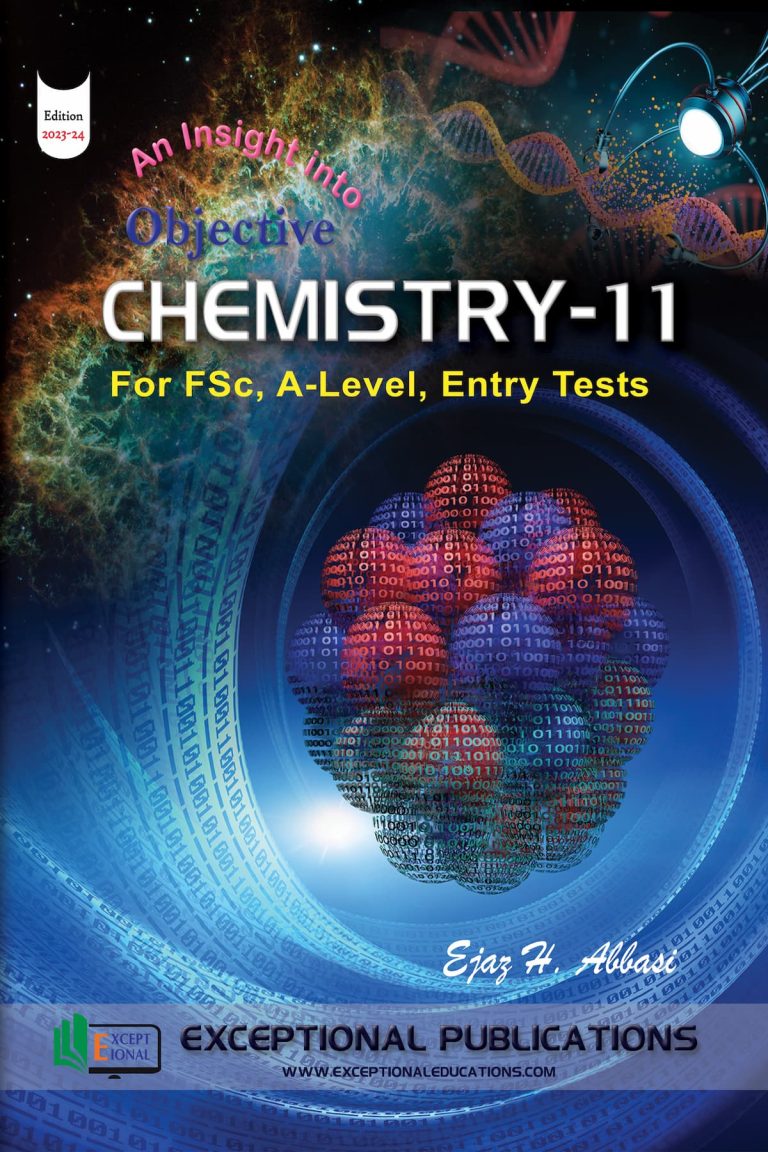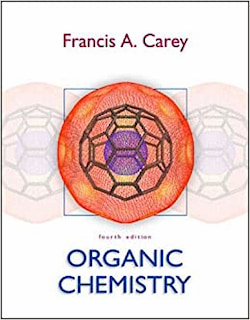March’s Advanced Organic Chemistry Sixth Edition by Jerry March: Organic chemistry may be a vibrant and growing science that touches a huge number of scientific areas. This sixth edition of ‘‘March’s Advanced Organic Chemistry’’ has been updated to reflect new areas of organic chemistry, as well as advances in well known topics of organic chemistry.
Every topic retained from the fifth edition has been mentioned so far . Changes include the addition of a couple of new sections, significant revision to sections that have seen explosive growth in this area of research, moving sections around within the book to raised reflect logical and reasonable chemical classifications, and a big rewrite of much of the book. quite 7000 new references are added. like the fifth edition, when older references were deleted and in cases where a series of papers by an equivalent principal author were cited, about the foremost recent were deleted.
The older citations should be found within the newer one or ones. the basic structure of the sixth edition is actually an equivalent as that of all previous ones, although acyl substitution reactions are moved from chapter 10 to chapter 16, and lots of oxidation or reduction reactions are consolidated into chapter 19.
Like the first five editions, the sixth is meant to be a textbook for a course in advanced organic chemistry taken by students who have had the quality undergraduate organic and physical chemistry courses.
The goal, as in previous editions is to offer equal weight to the three fundamental aspects of the study of organic chemistry: reactions, mechanisms, and structure.
A student who has completed a course supported this book should be ready to approach the literature directly, with a sound knowledge of recent basic organic chemistry. Major special areas of organic chemistry: terpenes, carbohydrates, proteins, many organometallic reagents, combinatorial chemistry, polymerization and electrochemical reactions, steroids, etc. are treated lightly or ignored completely.
I share the late Professor March’s opinion that these topics are best approached after the first year of graduate study, when the basics are mastered, either
in advanced courses, or directly, by consulting the various excellent books and review articles available on these subjects. additionally , many of those topics are so vast, they are beyond the scope of this book.
The organization is predicated on reaction types, therefore the student are often shown that despite the massive number of organic reactions, a comparatively few principles suffice to explain nearly all of them. Accordingly, the reactions-mechanisms section of this book (Part 2) is split into 10 chapters (10–19), each concerned with a special type of reaction. within the first a part of each chapter the acceptable basic
The author of this book “March’s Advanced Organic Chemistry Sixth Edition” is Jerry March.
March’s Advanced Organic Chemistry Sixth Edition by Jerry March: Table of Content
PART 1
1. Localized Chemical Bonding 3
2. Delocalized Chemical Bonding 32
3. Bonding Weaker than Covalent 106
4. Stereochemistry 136
5. Carbocations, Carbanions, Free Radicals, Carbenes, and Nitrenes 234
6. Mechanisms and Methods of Determining Them 296
7. Irradiation Processes in Organic Chemistry 328
8. Acids and Bases 356
9. Effects of Structure and Medium on Reactivity 395
PART 2 417
10. Aliphatic Substitution: Nucleophilic and Organometallic 425
11. Aromatic Substitution, Electrophilic 657
12. Aliphatic, Alkenyl, and Alkynyl Substitution, Electrophilic and Organometallic 752
13. Aromatic Substitution, Nucleophilic and Organometallic 853
14. Substitution Reactions: Free Radicals 934
15. Addition to Carbon–Carbon Multiple Bonds 999
16. Addition to Carbon–Hetero Multiple Bonds 1251
17. Eliminations 1477
18. Rearrangements 1559
19. Oxidations and Reductions







